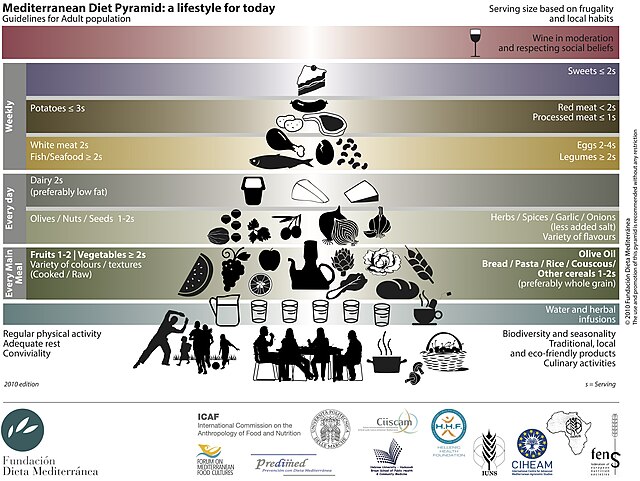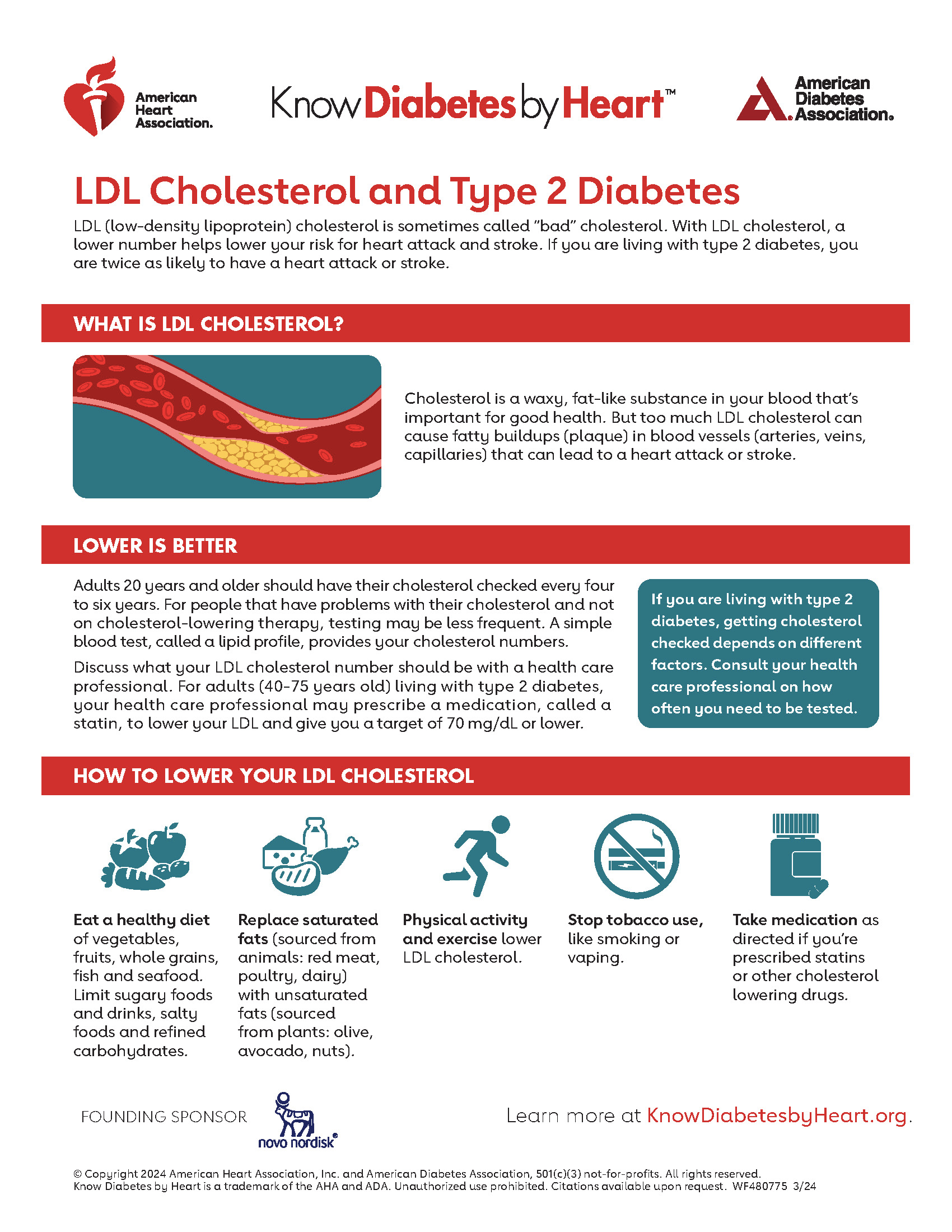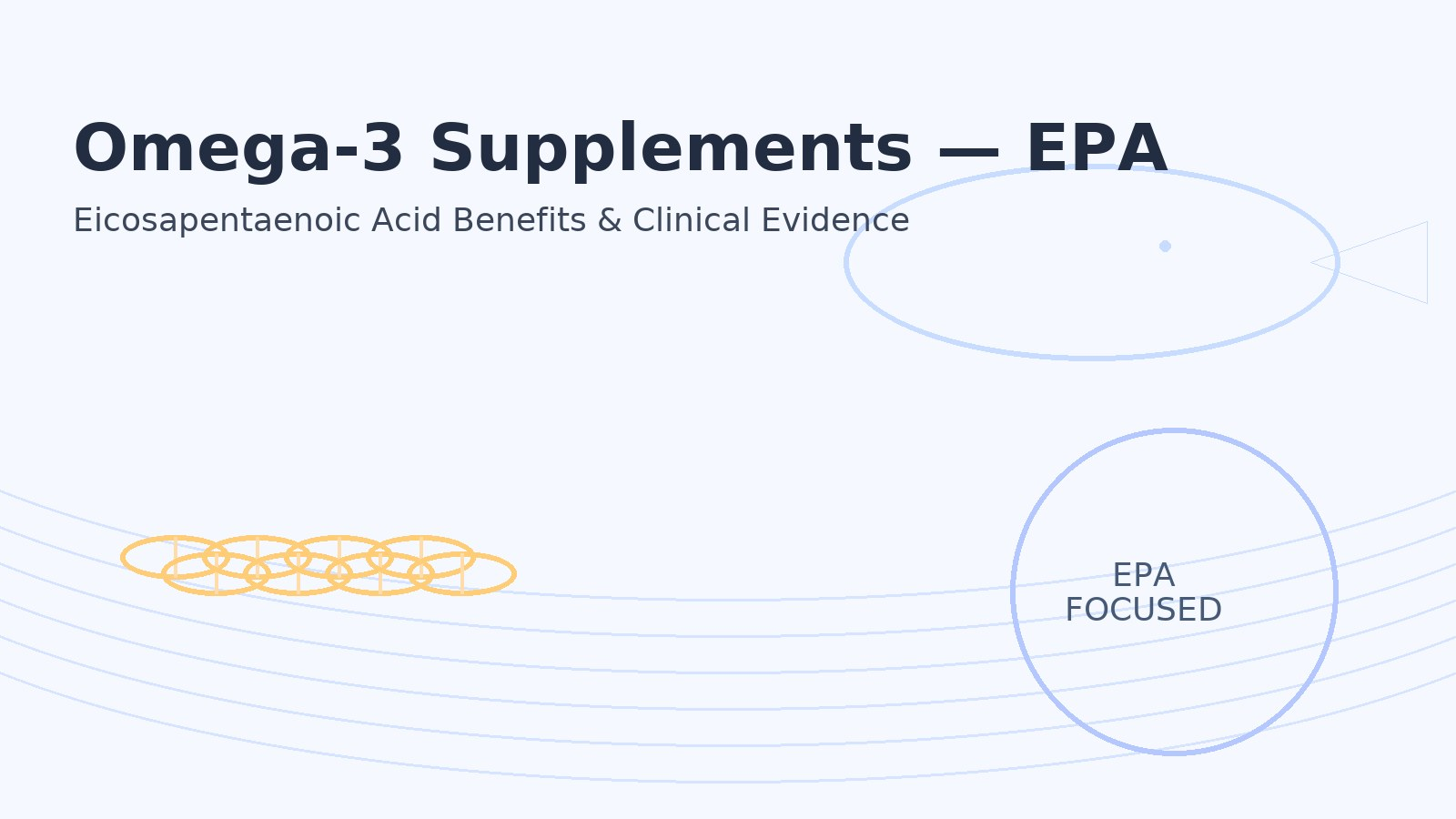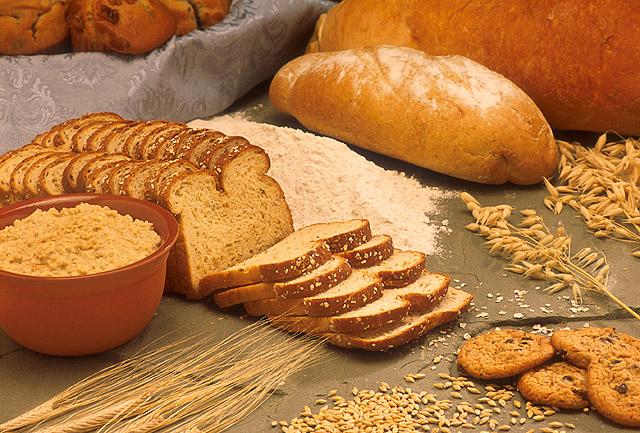A lowering cholesterol diet represents one of the most effective non-pharmacological approaches to cardiovascular health management. Furthermore, current research demonstrates that strategic dietary modifications can significantly impact lipid profiles within weeks of implementation. Additionally, evidence-based nutrition patterns offer sustainable, long-term solutions for maintaining optimal cholesterol levels while supporting overall metabolic health.
Modern nutritional science reveals complex interactions between dietary components and cholesterol metabolism. However, implementing a lowering cholesterol diet requires understanding both individual food effects and comprehensive eating patterns. Consequently, successful dietary approaches focus on sustainable lifestyle changes rather than restrictive elimination strategies that may compromise long-term adherence.
Understanding the Science Behind Lowering Cholesterol Diet Approaches
Effective lowering cholesterol diet strategies work through multiple physiological mechanisms simultaneously. Specifically, certain nutrients bind cholesterol in the digestive system, preventing absorption and promoting excretion. Moreover, plant-based compounds actively support healthy cholesterol synthesis while reducing inflammatory processes that contribute to cardiovascular disease development.
⏳ Mechanisms of Dietary Cholesterol Reduction
Soluble Fiber Action: Binds bile acids containing cholesterol, forcing the liver to use stored cholesterol for bile production
The 2018 AHA/ACC cholesterol guidelines emphasize that good adherence to various LDL-lowering diets can reduce cholesterol levels by 10% to more than 15%. However, individual responses vary significantly based on genetic factors, baseline cholesterol levels, and overall dietary quality before intervention.
Research demonstrates that dietary cholesterol itself has minimal impact on blood cholesterol levels for most individuals. Instead, saturated and trans fats represent the primary dietary culprits in elevated LDL cholesterol. Therefore, effective lowering cholesterol diet approaches focus on reducing these harmful fats while increasing beneficial nutrients that actively support healthy lipid metabolism.
Evidence-Based Dietary Patterns for Cholesterol Management
Multiple well-researched eating patterns provide proven frameworks for implementing a lowering cholesterol diet. Notably, the Mediterranean diet, DASH eating plan, and Portfolio Diet each offer unique advantages while sharing common principles of emphasizing whole foods and limiting processed options.
The Mediterranean diet achieves cholesterol reduction through abundant olive oil, nuts, fish, and plant foods that provide heart-protective compounds. Furthermore, studies show that Mediterranean eating patterns enriched with virgin olive oil help the body remove excess cholesterol from arteries while keeping blood vessels open and flexible.
“A largely vegetarian dietary portfolio of cholesterol-lowering foods substantially lowers LDL, triglycerides, and blood pressure when compared to standard dietary advice alone.” – Harvard Health Research Team
Essential Foods for Effective Cholesterol Reduction
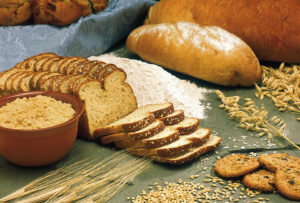
Strategic food selection forms the foundation of any successful lowering cholesterol diet approach. Importantly, incorporating specific cholesterol-fighting foods provides measurable benefits beyond simply avoiding harmful options. Additionally, understanding optimal serving sizes and preparation methods maximizes the therapeutic potential of these nutritional interventions.
| Food Category | Key Examples | Mechanism of Action | Daily Target |
|---|---|---|---|
| Soluble Fiber Sources | Oats, barley, beans, apples | Binds cholesterol and bile acids | 10-25 grams soluble fiber |
| Plant Sterols/Stanols | Fortified foods, nuts, seeds | Blocks cholesterol absorption | 2-3 grams daily |
| Healthy Fats | Olive oil, avocados, fatty fish | Replaces saturated fats | 25-35% of total calories |
| Lean Proteins | Fish, poultry, legumes, soy | Reduces saturated fat intake | 0.8-1.2g per kg body weight |
Oats deserve particular attention in any lowering cholesterol diet due to their exceptionally high beta-glucan content. According to Harvard Health research, consuming just one to two grams of soluble fiber from oats daily provides measurable cholesterol reduction benefits when combined with other heart-healthy foods.
Nuts represent another powerful component of cholesterol-lowering nutrition strategies. Specifically, almonds, walnuts, and other tree nuts provide beneficial plant sterols, healthy fats, and fiber while offering convenient, portable nutrition options. However, portion control remains important since nuts are calorie-dense foods that require mindful consumption for optimal results.
The Power of Plant-Based Proteins in Cholesterol Management
Plant-based proteins offer unique advantages for individuals following a lowering cholesterol diet approach. Unlike animal proteins, plant sources typically contain no cholesterol and minimal saturated fat while providing beneficial fiber and phytonutrients. Furthermore, replacing animal proteins with plant alternatives often results in significant LDL cholesterol reductions within weeks.
Soy products demonstrate particularly impressive cholesterol-lowering effects when incorporated into balanced eating patterns. Research indicates that consuming 25 grams of soy protein daily can reduce LDL cholesterol by approximately 5-6% while providing complete amino acid profiles comparable to animal proteins.
✅ Top Plant-Based Protein Sources for Cholesterol Reduction:
• Legumes (beans, lentils, chickpeas) – high in soluble fiber
• Soy products (tofu, tempeh, edamame) – contain isoflavones
• Quinoa and other whole grains – provide complete proteins
• Nuts and seeds – offer healthy fats plus protein
• Plant-based meat alternatives – convenient transition options
DASH Diet: Scientifically Proven Approach to Cholesterol Management
The Dietary Approaches to Stop Hypertension (DASH) eating plan represents one of the most thoroughly researched lowering cholesterol diet frameworks available. Specifically, extensive clinical trials demonstrate that DASH reduces both blood pressure and LDL cholesterol while improving overall cardiovascular health markers.
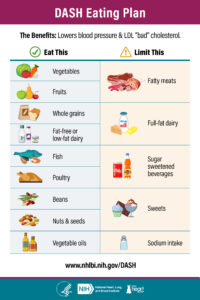
📊 DASH Diet Results: Clinical trials show DASH reduces total cholesterol by 13.7 mg/dL and LDL cholesterol by 10.7 mg/dL compared to typical American diets, with effects visible within two weeks of implementation.
The NHLBI DASH eating plan emphasizes vegetables, fruits, whole grains, and low-fat dairy products while limiting saturated fats, added sugars, and sodium. Moreover, this balanced approach provides sustainable nutrition guidelines that accommodate diverse food preferences and cultural eating patterns.
DASH success stems from its comprehensive approach to cardiovascular health rather than focusing solely on cholesterol reduction. Consequently, individuals following DASH experience improvements in blood pressure, insulin sensitivity, and inflammation markers alongside significant lipid profile enhancements.
Implementing DASH Principles for Optimal Results
Successful DASH implementation requires understanding appropriate serving sizes and food distribution throughout the day. Importantly, the eating plan provides flexibility within structured guidelines, allowing individuals to customize their lowering cholesterol diet based on personal preferences and nutritional needs.
DASH Daily Food Groups (2000 calories):
• 7-8 servings whole grains
• 4-5 servings vegetables
• 4-5 servings fruits
• 2-3 servings low-fat dairy
• 6 or fewer servings lean proteins
Foods to Limit on DASH:
• Saturated fats (less than 6% of calories)
• Sodium (2300mg or less daily)
• Added sugars (5 or fewer servings weekly)
• Red meat (limited portions)
• Full-fat dairy products
According to Heart and Stroke Foundation research, individuals who make gradual changes to adopt DASH principles show better long-term adherence compared to those attempting dramatic dietary overhauls. Therefore, sustainable implementation involves progressive modifications rather than immediate complete dietary transformation.
Mediterranean Diet: Heart-Healthy Eating for Cholesterol Control

The Mediterranean diet provides another evidence-based framework for developing an effective lowering cholesterol diet approach. Furthermore, this eating pattern emphasizes enjoyable, flavorful foods that support long-term dietary adherence while delivering significant cardiovascular benefits.
Research from Johns Hopkins Medicine demonstrates that Mediterranean-style eating reduces heart disease risk by 28-30% while helping maintain healthy cholesterol levels through multiple mechanisms. Additionally, this approach supports healthy blood sugar absorption and reduces chronic inflammation that contributes to cardiovascular disease development.
The Mediterranean approach achieves cholesterol reduction through strategic fat selection rather than fat restriction. Specifically, olive oil provides monounsaturated fats that help lower LDL cholesterol while maintaining or increasing beneficial HDL cholesterol levels. Moreover, nuts, seeds, and fatty fish contribute omega-3 fatty acids that support comprehensive cardiovascular health.
Key Components of Mediterranean-Style Cholesterol Management
Successful Mediterranean diet implementation for cholesterol control requires understanding both included foods and preparation methods that maximize nutritional benefits. Importantly, this eating pattern emphasizes whole foods and traditional cooking techniques that preserve beneficial compounds while enhancing flavor and satisfaction.
Extra virgin olive oil serves as the primary fat source in authentic Mediterranean eating patterns. However, quality matters significantly, as cold-pressed extra virgin varieties contain higher concentrations of polyphenols and antioxidants that provide cardiovascular protection beyond basic monounsaturated fat content.
⏳ Mediterranean Diet Implementation Strategy
Portfolio Diet: Maximizing Cholesterol-Lowering Food Combinations
The Portfolio Diet represents an advanced approach to lowering cholesterol diet strategies by combining multiple cholesterol-reducing foods in synergistic combinations. Specifically, this eating pattern achieves LDL cholesterol reductions of 20-30% through strategic inclusion of plant sterols, soluble fiber, soy protein, and nuts in therapeutic amounts.

Research demonstrates that Portfolio Diet adherence produces cholesterol reductions comparable to low-dose statin therapy while providing additional health benefits through improved antioxidant status and reduced inflammation. Furthermore, this approach offers a food-first alternative for individuals seeking to manage cholesterol through nutrition rather than medication.
The Portfolio approach differs from other lowering cholesterol diet methods by emphasizing specific quantities of proven cholesterol-fighting foods rather than general dietary patterns. Consequently, success requires precise attention to serving sizes and daily intake targets for key food categories.
Essential Portfolio Diet Components and Targets
Effective Portfolio Diet implementation requires understanding optimal daily targets for each cholesterol-lowering food category. Moreover, distributing these foods throughout the day maximizes absorption and therapeutic effectiveness while supporting sustainable eating patterns.
✅ Daily Portfolio Diet Targets:
• Plant sterols: 2 grams (fortified foods or supplements)
• Soluble fiber: 10+ grams (oats, barley, psyllium, beans)
• Soy protein: 25 grams (tofu, soy milk, edamame)
• Tree nuts: 30 grams (almonds, walnuts, pistachios)
• Vegetables/fruits: 8-10 servings focusing on high-fiber varieties
Practical Meal Planning for Cholesterol-Lowering Success
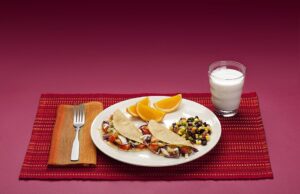
Translating cholesterol diet science into daily meal planning requires practical strategies that accommodate busy lifestyles while maintaining nutritional effectiveness. Furthermore, successful meal planning emphasizes preparation techniques that preserve beneficial compounds while creating satisfying, flavorful meals that support long-term dietary adherence.
Effective meal planning for a lowering cholesterol diet starts with building meals around cholesterol-fighting foods rather than restricting problematic ingredients. Additionally, batch cooking and meal preparation strategies help ensure consistent access to heart-healthy options even during demanding periods.
Cholesterol-Lowering Breakfast Ideas:
• Oatmeal with berries and chopped walnuts
• Smoothie with soy milk, fruit, and ground flaxseed
• Whole grain toast with avocado and tomato
• Greek yogurt with nuts and high-fiber cereal
Heart-Healthy Lunch Options:
• Bean and vegetable soup with whole grain bread
• Salmon salad with olive oil dressing
• Quinoa bowl with roasted vegetables and tahini
• Lentil curry with brown rice
According to Cleveland Clinic nutrition experts, successful lowering cholesterol diet implementation involves gradual changes that allow taste preferences to adapt while building sustainable habits. Consequently, dramatic dietary overhauls often result in short-term compliance followed by regression to previous eating patterns.
Shopping and Food Preparation Strategies
Strategic grocery shopping and food preparation techniques significantly impact the success of any lowering cholesterol diet approach. Specifically, selecting high-quality ingredients and using preparation methods that preserve beneficial compounds maximizes the therapeutic potential of cholesterol-fighting foods.
When selecting produce for cholesterol management, emphasize variety and color to ensure broad antioxidant intake. Moreover, frozen and canned options (without added sugars or excessive sodium) provide convenient alternatives that maintain nutritional value while supporting consistent consumption of beneficial foods.
“The key to sustainable cholesterol management through diet lies in making healthier choices more convenient and accessible than less healthy alternatives.”
Addressing Common Challenges in Cholesterol Diet Implementation
Implementing a lowering cholesterol diet often presents practical challenges that require strategic solutions to maintain long-term success. Furthermore, understanding common obstacles and evidence-based solutions helps individuals navigate difficulties while preserving motivation and dietary adherence.
Social eating situations frequently pose challenges for individuals following structured cholesterol-lowering eating patterns. However, planning ahead and communicating dietary needs respectfully allows participation in social activities while maintaining nutritional goals. Additionally, focusing on acceptable food options rather than restrictions helps maintain positive relationships with food and eating experiences.
Budget constraints represent another common concern when considering cholesterol-lowering dietary approaches. However, many of the most effective cholesterol-fighting foods—including oats, beans, lentils, and seasonal produce—rank among the most economical nutrition options available. Moreover, reducing expensive processed foods often offsets costs associated with higher-quality whole food ingredients.
Maintaining Motivation and Tracking Progress
Sustained motivation requires understanding both immediate and long-term benefits of cholesterol-lowering dietary changes. Specifically, many individuals experience improved energy levels, better sleep quality, and enhanced mood within weeks of implementing heart-healthy eating patterns, providing positive reinforcement beyond eventual cholesterol improvements.
Regular monitoring through healthcare provider visits allows objective assessment of dietary effectiveness while providing opportunities for guidance adjustments. Furthermore, keeping food records and noting physical improvements helps maintain awareness of progress during periods when motivation might otherwise wane.
Lifestyle Integration Beyond Diet for Optimal Results
While dietary interventions provide powerful cholesterol-lowering effects, comprehensive lifestyle approaches that combine nutrition with physical activity and stress management achieve superior results. Moreover, evidence demonstrates that multiple lifestyle factors work synergistically to support cardiovascular health beyond individual component effects.
Regular physical activity enhances dietary cholesterol management through multiple mechanisms. Specifically, exercise increases HDL cholesterol levels while improving insulin sensitivity and promoting healthy weight maintenance. Additionally, physical activity supports long-term dietary adherence by improving mood and energy levels that facilitate consistent healthy food choices.
The American Heart Association recommends at least 150 minutes of moderate-intensity aerobic exercise weekly to complement dietary cholesterol management efforts. Furthermore, resistance training twice weekly provides additional benefits for metabolism and cardiovascular health beyond aerobic exercise alone.
Stress Management and Sleep Quality in Cholesterol Control
Chronic stress and poor sleep quality can undermine even the most carefully implemented lowering cholesterol diet approaches through hormonal disruptions that affect lipid metabolism. Consequently, comprehensive cholesterol management requires attention to stress reduction and sleep hygiene alongside nutritional interventions.
Stress management techniques such as mindfulness meditation, deep breathing exercises, and regular relaxation practices support healthy cholesterol levels while improving overall quality of life. Moreover, adequate sleep duration and quality help maintain hormonal balance that supports effective cholesterol metabolism and healthy food choices.
✅ Comprehensive Lifestyle Approach for Cholesterol Management:
• Follow evidence-based eating patterns consistently
• Engage in regular physical activity (aerobic plus resistance training)
• Prioritize adequate sleep (7-9 hours nightly)
• Practice stress management techniques
• Avoid tobacco and limit alcohol consumption
• Maintain social connections and enjoyable activities
Future Directions in Dietary Cholesterol Management
Emerging research continues to refine understanding of optimal lowering cholesterol diet approaches while identifying new nutritional targets for cardiovascular health. Furthermore, personalized nutrition based on genetic factors and individual responses promises more precise dietary recommendations for cholesterol management in the coming years.
Ongoing studies investigate the role of gut microbiome health in cholesterol metabolism, suggesting that prebiotic and probiotic foods may enhance traditional dietary approaches. Additionally, research into specific plant compounds and their synergistic effects provides insights into optimizing food combinations for maximum cholesterol-lowering potential.
Technology integration offers promising tools for supporting dietary adherence and monitoring progress in cholesterol management. Specifically, mobile applications and wearable devices provide real-time feedback and personalized guidance that help individuals maintain consistent implementation of evidence-based nutrition strategies.
For comprehensive guidance on cholesterol management including both dietary and medical approaches, please reference our complete guide to understanding and managing high LDL levels, which provides detailed information about integrating nutrition with other therapeutic interventions.
A well-designed lowering cholesterol diet provides a powerful, sustainable approach to cardiovascular health that extends far beyond simple cholesterol reduction. Through evidence-based nutrition strategies that emphasize whole foods, plant-based options, and balanced eating patterns, individuals can achieve significant improvements in lipid profiles while supporting overall health and wellbeing. Success requires patience, consistency, and often professional guidance, but the long-term benefits for cardiovascular health and quality of life make these dietary investments invaluable for optimal health outcomes.
References
- Grundy SM, Stone NJ, Bailey AL, et al. 2018 AHA/ACC/AACVPR Guideline on the Management of Blood Cholesterol. Circulation. 2019;139(25):e1082-e1143.
- Harvard Health Publishing. 11 Foods that Lower Cholesterol. Comprehensive guide to cholesterol-lowering nutrition strategies.
- National Heart, Lung, and Blood Institute. DASH Eating Plan. Evidence-based dietary approaches for cardiovascular health.
- Johns Hopkins Medicine. Take Your Diet to the Mediterranean. Research-based guidance on Mediterranean diet implementation.
- Cleveland Clinic. Cholesterol Diet: How Nutrition & Foods Impact Levels. Professional nutrition guidance for cholesterol management.
- American Heart Association. Prevention and Treatment of High Cholesterol. Comprehensive lifestyle recommendations for cardiovascular health.
- Heart and Stroke Foundation. DASH Diet. Evidence-based implementation strategies for sustainable dietary change.
- Mayo Clinic. Mediterranean Diet for Heart Health. Clinical guidance on heart-healthy eating patterns.
Related Articles
- High Cholesterol: Complete Guide to Understanding and Managing High LDL Levels
- Triglycerides Normal Values: Complete Guide to Understanding LDL Cholesterol Ranges
- High Blood Pressure: Effective Management Strategies
- Lower Cholesterol Supplements that actually work
- Can Oatmeal Lower Cholesterol? The Science Behind Oats vs. Statins
- Omega-3 vs Omega-6: Finding the Right Balance to Reduce Inflammation
Author Bio
The Remedy Verified Team translates complex metabolic science into clear, practical strategies for everyday health. about the author
Disclaimer
This article is for educational purposes only and does not constitute medical advice. Always consult with qualified healthcare professionals before making any changes to your medical care or treatment plan. Individual results may vary, and this information should not be used to diagnose, treat, cure, or prevent any medical condition.
Image Credits: Hero — “Mediterranean diet food pyramid (English)” via Wikimedia Commons (CC0/Public Domain). Supporting: “Various grains” by USDA/ARS (Peggy Greb), via Wikimedia Commons (Public Domain); “DASH Eating Plan” materials via NHLBI/NIH (U.S. Government Public Domain); “Artisan bread with olive oil and salt” by Neeta Lind, via Wikimedia Commons (CC BY 2.0); “Beta-Sitosterol Structural Formula V1” via Wikimedia Commons (Public Domain); “Dinner meal – MyPlate 20210810-FNS-UNC-0017” by USDA, via Wikimedia Commons (Public Domain). U.S. Government works are in the public domain; Creative Commons items are used under their respective licenses.
